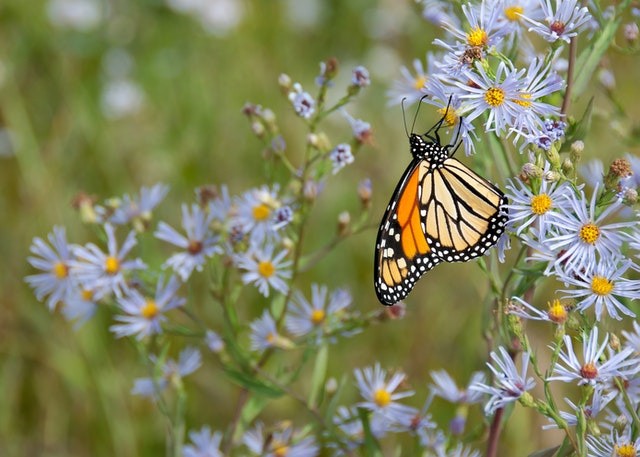Researchers have raised the alarm over the drastic drop in the population of gray whales off the West Coast of the United States. According to the researchers, the sudden drop in gray whales' population by almost one-quarter since 2016 closely mimics similar die-offs close to 2 decades ago.
NOAA Fisheries reported in a paper released last Tuesday that surveys counted at least 6,000 fewer migrating gray whales last winter, i.e. 21,000 compared with up to 27,000 in 2016.

Scientists Still in the Dark About Cause of Die-offs, Attribute Causes to the Environment
According to the agency, there is a strange mortality event which occurred in 2019. Dozens of gray whales were washed up on the beaches of the Pacific Ocean. Scientists have not been able to put the finger on what is causing this substantial die-off.
However, they believe that the cause could be within the range of a previous population fluctuation. It could also be that the number of gray whales has gone way beyond what the environment can comfortably support.
According to the NOAA, there was an estimated die-off of up to 23 percent between 1999 and 2000. But the population of gray whales suddenly rebounded to far greater numbers than was envisaged.
The agency declared that it seems big population swings rarely reflect the long-term threats to gray whales' survival.
The northeastern Pacific's gray whale has recovered from getting hunted voraciously to near extinction at the middle of the twentieth century. It only got removed from the Endangered Species List in 1994.
Whales are known to migrate up to 16,000+ km (10,000 miles) from feeding grounds in the Arctic in order to birth their calves along Baja Peninsula in Mexico.
Research teams were able to count the gray whales as they swam past Granite Canyon near Carmel, California, on their way south from December 2019 to February 2020.

Monarch Butterfly in Danger of Going Extinct
In the same vein, researchers announced last Tuesday that the overall number of western monarch butterflies that winter along the Californian coast had dropped drastically to a record-breaking low.
The number is so low that it puts the beautiful black-and-orange insect much closer to extinction.
The Xerxes Society, a non-profit environmental organization that focuses primarily on preserving invertebrates, engaged in a yearly winter count and came up short, counting fewer than 2,000 monarch butterflies.
This is an incredibly massive decline from the hundreds of thousands that were tallied over the past few years.
Millions of monarch butterflies that cluster in hundreds of trees from Northern California's Marin County to San Diego County in the south in the '80s have also been recorded.
It is known that western monarch butterflies generally head south from the Pacific Northwest to California every winter. They return to the same places and the same trees where they eventually cluster to stay warm.
These butterflies show up in California at the beginning of November and spread beautifully across the country as soon as warm weather arrives in March.
Scientists pin this drastic drop in monarch butterfly population to the increasing use of herbicides and pesticides.
The expansion of housing into their territory may have destroyed their milkweed habitat along their migratory path. The lack of state and federal legal protection to prevent their habitat from destruction could be another cause.
RELATED ARTICLE: Study Debunks Migration Mortality As Major Cause of Butterfly Monarch's Population Decline.
For more news, updates about whales, butterflies and similar stories, don't forget to follow Nature World News!
© 2025 NatureWorldNews.com All rights reserved. Do not reproduce without permission.





